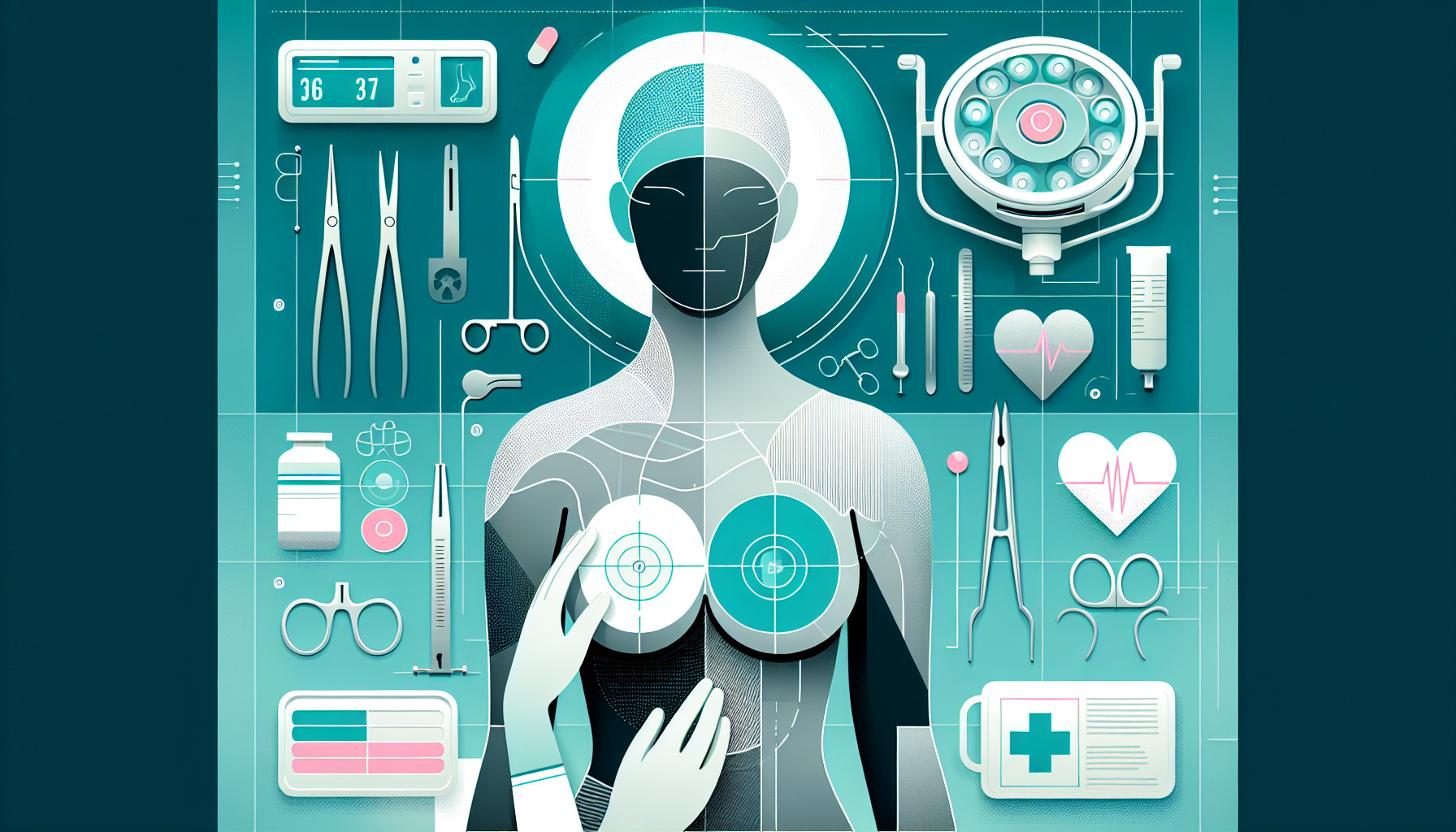Our Summary
This research paper discusses the modern methods of breast reconstruction using implants. The techniques have evolved over time, with improvements in surgical procedures, selection of patients, the technology of the implants, and the materials used for support. The success of these procedures depends on the team effort during both the removal and reconstruction processes and the correct use of current materials and technologies, based on solid evidence. The paper emphasizes that educating the patient, focusing on their feedback, and making decisions together are critical to the success of these procedures.
FAQs
- What are the key factors in successful implant-based breast reconstruction?
- How does patient education and shared decision-making impact the outcomes of breast reconstruction procedures?
- What is the role of modern material technologies in implant-based breast reconstruction?
Doctor’s Tip
One helpful tip a doctor might tell a patient about breast reconstruction is to have realistic expectations and to be actively involved in the decision-making process. It is important for patients to communicate their goals and concerns with their doctor, ask questions, and be well-informed about the procedure and potential outcomes. Additionally, following post-operative care instructions and attending follow-up appointments are essential for a successful recovery and optimal results.
Suitable For
Patients who have undergone mastectomy for breast cancer or have a high risk of developing breast cancer may be recommended for breast reconstruction. Additionally, patients who have undergone lumpectomy and are unhappy with the cosmetic result may also be candidates for breast reconstruction. It is important for patients to have realistic expectations and be in overall good health before undergoing breast reconstruction.
Timeline
Before breast reconstruction:
- Patient is diagnosed with breast cancer or undergoes prophylactic mastectomy.
- Patient discusses reconstructive options with a plastic surgeon and oncologist.
- Patient undergoes mastectomy surgery, either traditional or nipple-sparing.
- Patient waits for a period of time to allow for healing and consideration of reconstruction.
After breast reconstruction:
- Patient undergoes breast reconstruction surgery, either immediate or delayed.
- Patient may have tissue expanders placed initially to stretch the skin before permanent implants are placed.
- Patient may choose to have nipple reconstruction and/or areola tattooing.
- Patient undergoes follow-up appointments to monitor healing and address any complications.
- Patient completes the reconstruction process and transitions to routine follow-up care for breast cancer surveillance.
What to Ask Your Doctor
- What are the different options for breast reconstruction, and which one is best for me?
- What are the risks and potential complications associated with breast reconstruction surgery?
- How long will the recovery process take, and what can I expect during the healing period?
- Will I need additional surgeries or procedures after the initial reconstruction?
- What type of implants or support materials will be used in the reconstruction, and what are the benefits of each option?
- How will the reconstructed breast(s) look and feel compared to my natural breasts?
- Will I still have sensation in my reconstructed breast(s) after surgery?
- How will breast reconstruction affect my ability to undergo mammograms and other breast cancer screenings in the future?
- Are there any long-term effects or considerations I should be aware of regarding breast reconstruction?
- Can you provide me with before and after photos of previous patients who have undergone breast reconstruction to help me understand the potential outcomes?
Reference
Authors: Salibian AA, Karp NS. Journal: Clin Plast Surg. 2023 Apr;50(2):223-234. doi: 10.1016/j.cps.2022.09.003. Epub 2023 Jan 2. PMID: 36813400
